L-Band Soil Moisture Retrievals Using Microwave Based Temperature and Filtering. Towards Model-Independent Climate Data Records
Résumé
The CCI Soil Moisture dataset (CCI SM) is the most extensive climate data record of satellite soil moisture to date. To maximize its function as a climate benchmark, both long-term consistency and (model-) independence are high priorities. Two unique L-band missions integrated into the CCI SM are SMOS and SMAP. However, they lack the high-frequency microwave sensors needed to determine the effective temperature and snow/frozen flagging, and therefore use input from (varying) land surface models. In this study, the impact of replacing this model input by temperature and filtering based on passive microwave observations is evaluated. This is derived from an inter-calibrated dataset (ICTB) based on six passive microwave sensors. Generally, this leads to an expected increase in revisit time, which goes up by about 0.5 days (~15% loss). Only the boreal regions have an increased coverage due to more accurate freeze/thaw detection. The boreal regions become wetter with an increased dynamic range, while the tropics are dryer with decreased dynamics. Other regions show only small differences. The skill was evaluated against ERA5-Land and in situ observations. The average correlation against ERA5-Land increased by 0.05 for SMAP ascending/descending and SMOS ascending, whereas SMOS descending decreased by 0.01. For in situ sensors, the difference is less pronounced, with only a significant change in correlation of 0.04 for SM SMOS ascending. The results indicate that the use of microwave-based input for temperature and filtering is a viable and preferred alternative to the use of land surface models in soil moisture climate data records from passive microwave sensors.
| Origine | Fichiers éditeurs autorisés sur une archive ouverte |
|---|


